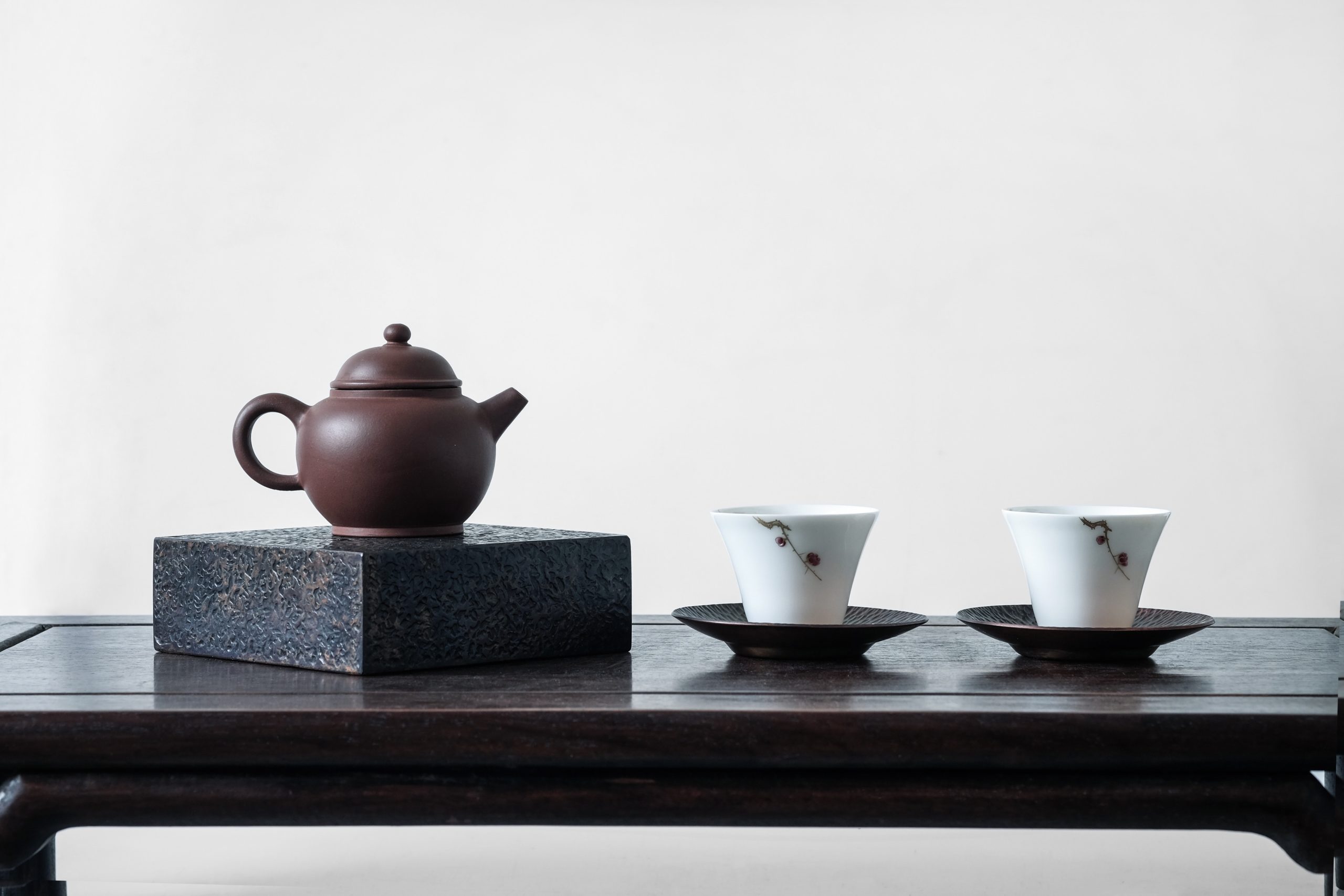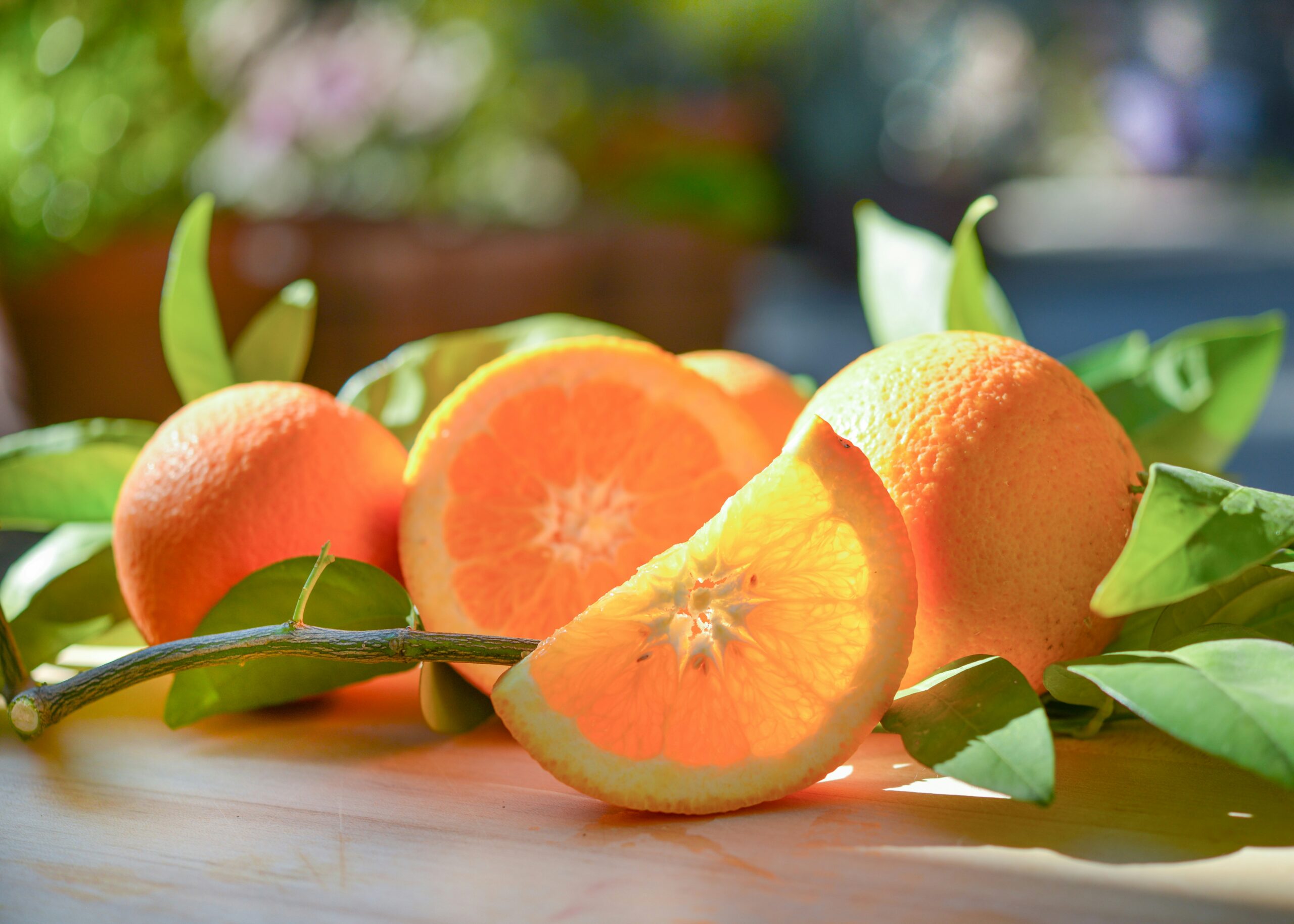Efforts to Deliver teplo Official Tea Leaves in a Fresh State

At teplo, we deliver our official tea leaves in single-serving packs. In the previous article, we explained the reasons for offering tea leaves in single-serving packs from the perspective of numerical control. In this article, we will introduce the efforts involved in tea leaf manufacturing to ensure that each single-serving pack is delivered in a fresh state.

While offering tea leaves in single-serving packs provides the benefit of enjoying fresh tea leaves each time, it also presents the challenge of maintaining that freshness. This might seem contradictory at first.
The benefit is easier to imagine. By opening a new pack each time, you get to enjoy tea leaves in their freshly sealed state.
The challenge of maintaining tea leaf freshness in single-serving packs arises because smaller quantities of tea leaves within each package are more susceptible to oxidation and deterioration. Oxidation occurs where the tea leaves are exposed to air, starting from the surface of the leaves. When considering packaging and oxidation, the key factor is the surface area relative to the volume of the tea. If you consider all the tea leaves in a package as one mass, the larger the mass, the smaller the surface area per unit volume, and the smaller the mass, the larger the surface area per unit volume. Therefore, single-serving packs, having a larger surface area per unit volume, make the tea leaves more prone to oxidation and quicker deterioration.
Have you ever heard that animals in hot regions tend to be smaller while those in cold regions tend to be larger? This is related to the concept that smaller animals have a larger surface area relative to their volume, making it easier for them to dissipate heat, whereas larger animals have a smaller surface area relative to their volume, improving their ability to retain heat.

To deliver fresh tea leaves in single-serving packs as teplo official tea leaves, we use a method called “nitrogen flushing,” where nitrogen is introduced into the pack. Since oxidation occurs when tea leaves come into contact with oxygen, replacing the air with nitrogen helps reduce oxidation. (Nitrogen flushing is also used in packaging for foods like potato chips to prevent oxidation.)
In this way, teplo ensures that fresh single-serving packs are delivered to you.
By the way, we only use nitrogen flushing for green tea. For oolong tea and black tea, we intentionally do not use nitrogen flushing. The main reason is that nitrogen flushing can alter the taste and aroma of oolong tea and black tea. Additionally, oolong tea and black tea have less susceptibility to oxidation compared to green tea. Therefore, at teplo, we only use nitrogen flushing for green tea.
Even the methods of packaging and the quantity of tea are deeply intricate. As we handle various types of tea, we constantly explore manufacturing methods tailored to the characteristics of each tea. Adjusting manufacturing processes according to the characteristics of the tea is challenging, but understanding these characteristics and delivering high-quality tea to our customers is a significant joy. We will continue to strive to deliver tea in its best condition.





